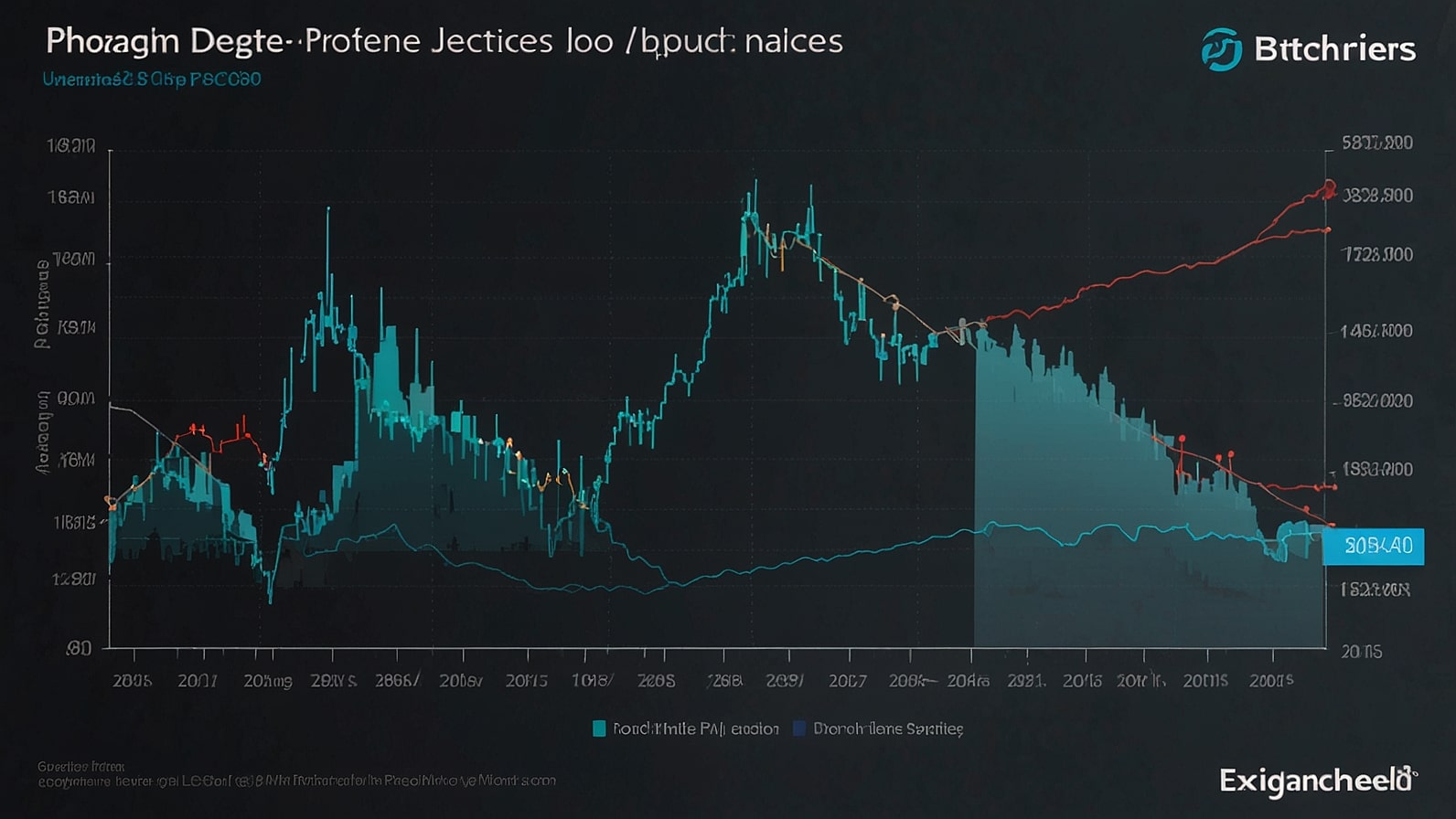
BT Share Price Forecast 2025-2030
Based on the provision of connectivity and infrastructure services to consumers, BT Group plc is one of the pillars in the telecommunications sector of the United Kingdom that has been of interest to investors. Given that the company operates in an environment influenced by technologies, competition, and economic changes, the direction of its share prices is a good point of interest. In this paper, a close prediction of the share price of BT between 2025 and 2030 will be given through monthly forecasts using the market behavior, the analysis of some analysts, and the strategic directions win hich the company is oriented. Financial markets are highly unpredictable, but these projections provide a systematic perspective to investors.
2025: Steady Growth Amid Cost-Cutting and Competition
The annual report carried out in 2025 allows BT to confidently move into the future with optimism, supported by its initiatives to cut costs and expand the fibre broadband network, especially with the Openreach division. Nevertheless, gains could be checked by the factors of excess debt and intense competition, especially by competitors like Vodafone after the merger with Three. The emphasis on efficiency and venture into infrastructure by the company will most likely spur mild share price growth throughout the year.
Monthly Price Projections for 2025
|
Month |
Opening Price (GBp) |
Maximum (GBp) |
Minimum (GBp) |
Closing Price (GBp) |
Change (%) |
|---|---|---|---|---|---|
|
June |
172 | 212 | 160 | 196 | 14.0 |
|
July |
196 | 228 | 178 | 209 | 6.6 |
|
August |
209 | 233 | 199 | 216 | 3.3 |
|
September |
216 | 268 | 216 | 248 | 14.8 |
|
October |
248 | 275 | 235 | 255 | 2.8 |
|
November |
255 | 278 | 236 | 257 | 0.8 |
|
December |
257 | 289 | 247 | 268 | 4.3 |
The first three months of the year are characterized by a robust positive trend, as in June, the stock rallied 14% on bullish sentiment towards the cost-cutting measures adopted by BT. The large increase of 14.8 percent in September indicates increasing faith among investors in the company in fibre development. Nonetheless, the low 0.8% rise in November shows that there are possibilities of stabilization in the market, given that the competitive pressures are increasing.
Convergence and Strategic Changes in 2026
In 2026, BT is projected to drive its improvements and conquer the hurdles that include its net debt of 18bn as well as having to sustain the lean on revenue levels. The possibility of a complete demerging of Openreach or strategic buyouts like the stricken TalkTalk may affect the share prices. According to analyst projections, it would be slow but not too spectacular growth as the company looks to maintain the balance between investments and profits.
Monthly Price Projections for 2026
|
Month |
Opening Price (GBp) |
Maximum (GBp) |
Minimum (GBp) |
Closing Price (GBp) |
Change (%) |
|---|---|---|---|---|---|
|
January |
268 | 291 | 247 | 269 | 0.4 |
|
February |
269 | 324 | 269 | 291 | 8.2 |
|
March |
291 | 362 | 291 | 335 | 15.1 |
|
April |
335 | 366 | 312 | 339 | 1.2 |
|
May |
339 | 383 | 327 | 355 | 4.7 |
|
June |
355 | 388 | 330 | 359 | 1.1 |
March 2026 will be the most outstanding period in terms of higher price that is a 15.1 percent increase, which may be instigated by the valuation advancement of the Openreach or benefiting earnings announcements. The remainder of the year has a moderate spurt with lesser growth in April and June, indicating that just as the market analyzes the long-term approach of BT.
2027-2030: Long-Term Opportunities and Obstacles
Above 2026, the path of the BT share price becomes more of a speculation since the telecommunication sector is rather random. Analysts point to a promising future of further development led by technological innovations, including efficiencies brought about by AI and the expansion of 5G and its applications, along with continued threats to economic turmoil due to regulatory shifts. It estimates that the share prices that BT features in full-fibre broadband and the possible divestitures may spike by 2030; however, the range is likely to be small.
Yearly Average Price Projections (2027-2030)
|
Year |
Average Price (GBp) |
High (GBp) |
Low (GBp) |
|---|---|---|---|
| 2027 | 380 | 470 | 299 |
| 2028 | 450 | 600 | 350 |
| 2029 | 710 | 950 | 530 |
| 2030 | 950 | 1190 | 710 |
The 2027-2030 forecasts are based on the assumptions that BT implements its three billion pounds cost reduction strategy mostly by cutting down its workforce and leading efficiencies. The vast increase in 2029 and 2030 has been motivated by the hope of international growth and technological advancement, although excessive rates of debt and rivalry may restrict the possible positive returns. An example is an analyst consensus rating in 2025, where there is a 12-month target range of 112p and 299p, which is an indication that uncertainty will continue into future years.
Significant Elements Affecting the Price of BT Shares
There are a number of factors that will influence the share price of BT in the forecast period. It’s a 3 billion prescription by the company, of reducing its workforce by 30 percent by 2030, as a way of increasing its margin, although seen as a move to increase margins, it is also associated with poor service quality. The fibre broadband rollout by Openreach is an important driver towards its growth, although the presence of competitors such as Vodafone may strain its revenues.
The interest rate risks that BT faces mainly come in the form of the fact that its net debt is £18 billion, which means that in case economic conditions tighten, then BT would indeed be subject to interest rate risks. Moreover, acquisitions of a minority stake such as 24.5 % of shares by Bharti in 2024, as well as their hypothetical partnership or takeover, may encourage investors but also create certain strategic uncertainties.
Dangers and Thoughts
BT needs to be treated with caution by investors. The telecommunications business is capital-intensive, and BT has large amounts of debts, which increase the risks when the interest rate goes up. The need to contend with new entrants and the regulatory reviews may also threaten expansion. Although analyst optimism that predicts some to be reaching 299p by the middle of 2026 implies the possibility of the upside, there is a bearish prediction as low as 112p, which points to the volatility of the stock. The fact that the company will produce free cash flow of 2 billion pounds by the year 2027 and 3 billion pounds in 2030 will also be critical.
Conclusion
The share prediction of BT Group between 2025 and 2030 takes a modest tone with optimism mixed. The short-term growth in 2025 and 2026 will be based on cost-effectiveness and fibre transportation, and the monthly profiles indicate consistent growth with occasional setbacks in the form of consolidation. Through the strategy, aggressive predictions show possible future prices by 2030 to be 950p-1190p depending on an effective strategic implementation. Some risks include high debts, competition, and economic uncertainties, however. All these factors should be duly considered by investors, who attempt to estimate the long-term potential of BT and weigh against its current problems.



 Bitcoin
Bitcoin  Ethereum
Ethereum  Tether
Tether  XRP
XRP  USDC
USDC  TRON
TRON  Lido Staked Ether
Lido Staked Ether  Cardano
Cardano  Avalanche
Avalanche  Toncoin
Toncoin  Wrapped SOL
Wrapped SOL